
More than most stars of her rare magnitude, Ingrid Bergman was an actress who went her own way. A Hollywood luminary for decades, from the Thirties well into the Seventies, the Swedish-born beauty acted in films that not only entertained millions but that also satisfied her own, personal need to constantly test and broaden the limits of her craft.
In 1943, for example, she told LIFE magazine, “I am an actress and I am interested in acting, not in making money.” Coming from almost anyone else in her position, that might sound like a public relations platitude. But even at that relatively early point in her career, Bergman had already proven herself a singularly versatile artist, with solid and even iconic performances in films ranging from psychological thrillers (Rage in Heaven) to horror (Dr. Jekyll and Mr. Hyde) to romance (Intermezzo) to arguably the very greatest of all American movies, the 1942 Best Picture Oscar winner, Casablanca.
Bergman won three acting Oscars during her long career (two for Best Actress, in Gaslight and Anastasia, and one for Best Supporting Actress for her role in 1974’s star-studded Murder on the Orient Express), and was nominated four more times. She also won Emmys, a Tony, Golden Globe and New York Film Critics Circle awards—in other words, she proved again and again that she could act as well as star in almost any role, on film, stage and the small screen.
And for pretty much all of those years that she lit up the screen and the stage with her combustible mix of intellect, emotional honesty and sensuality, LIFE magazine covered Bergman’s life and her career. When she was the “hot new thing” in Hollywood (after making a name for herself in her native Sweden in the 1930s), LIFE raved about the “new brand of charm” she brought to the American screen. When, in 1946, she starred on Broadway in Maxwell Anderson’s Joan of Lorraine (for which she won her only Tony), LIFE referred to her deserved “enormous reputation” as Hollywood’s “undisputed queen.” When her career took a hit in the States after she left her husband and daughter, Pia, to live with and eventually marry the great Italian director Roberto Rossellini—shocking and angering her American fans who had, simplistically, come to view her as something like a saint—LIFE sympathetically covered her life and her work in Europe.
And when, years later, she was again embraced and beloved by fans who “forgave” her her trespasses, and flocked to see her in films like Orient Express and Autumn Sonata and watched, in the millions, her Emmy and Golden Globe-winning turn in the Golda Meir television biopic, A Woman Called Golda, LIFE celebrated her return to America’s good graces.
Here, on the anniversary of both her birth and her death—she was born Aug. 29, 1915, and died Aug. 29, 1982, at a too-young 67 after a long battle with breast cancer — LIFE.com presents pictures of the one and only Ingrid Bergman as she appeared in LIFE through the years.
Liz Ronk, who edited this gallery, is the Photo Editor for LIFE.com. Follow her on Twitter @lizabethronk.
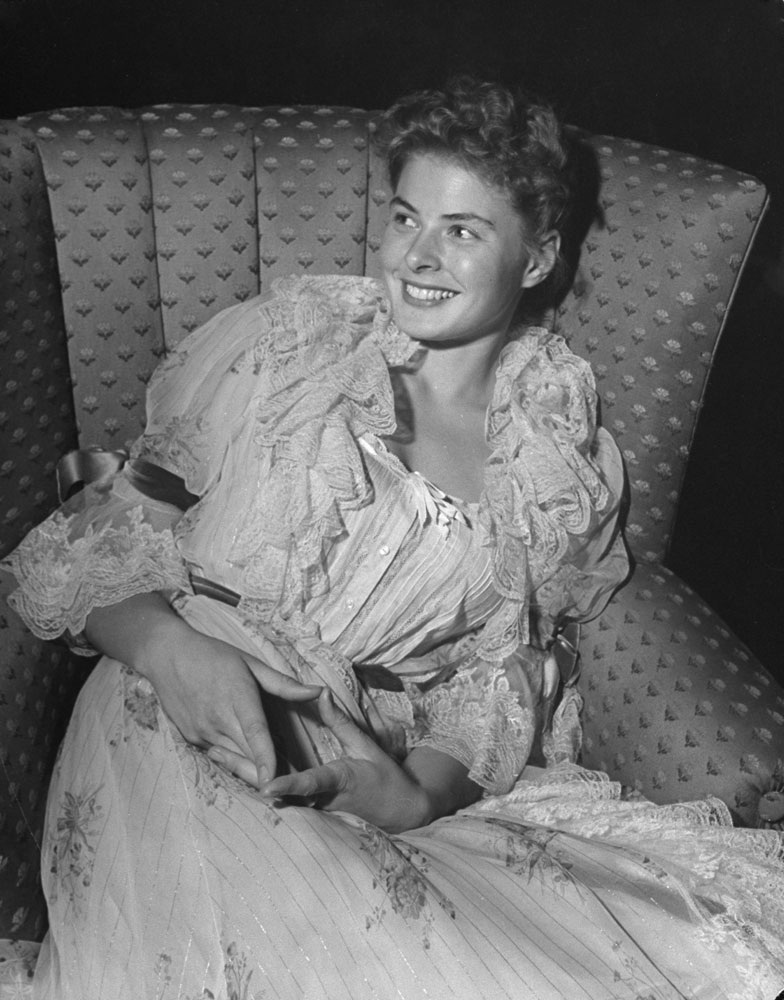
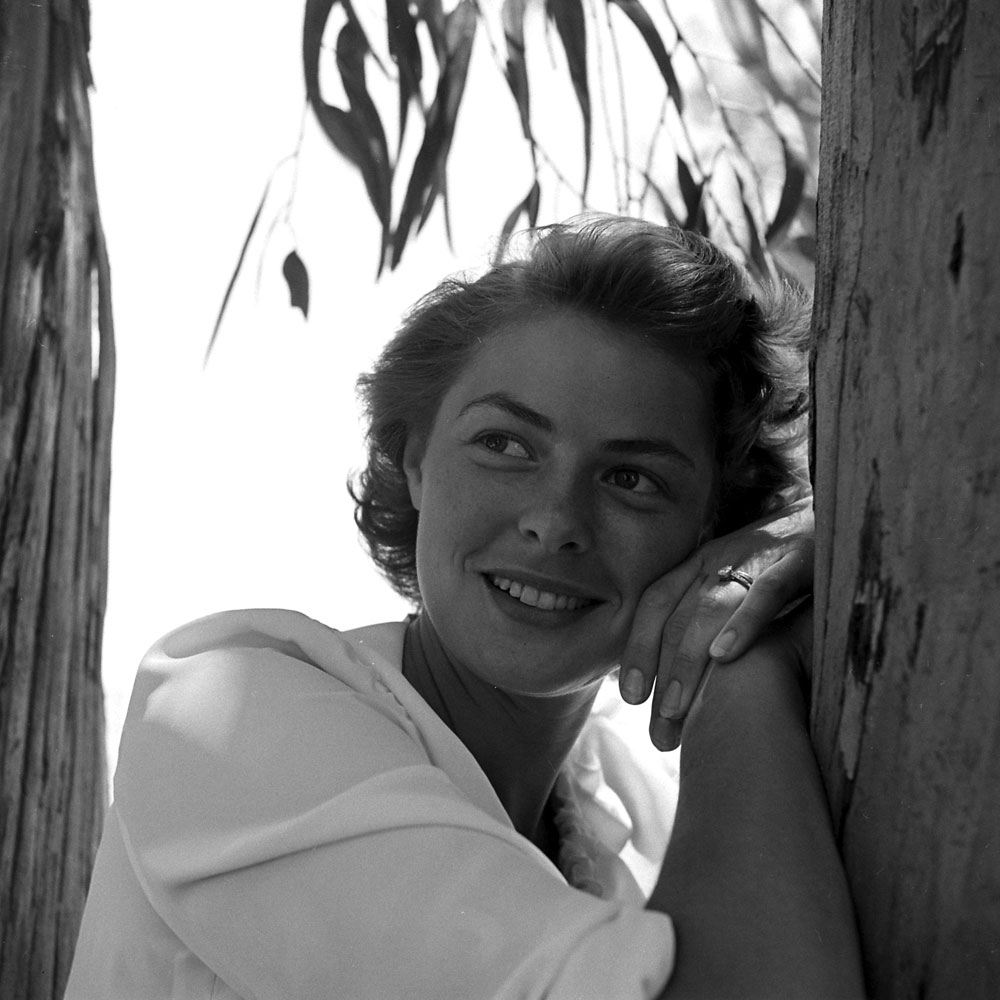
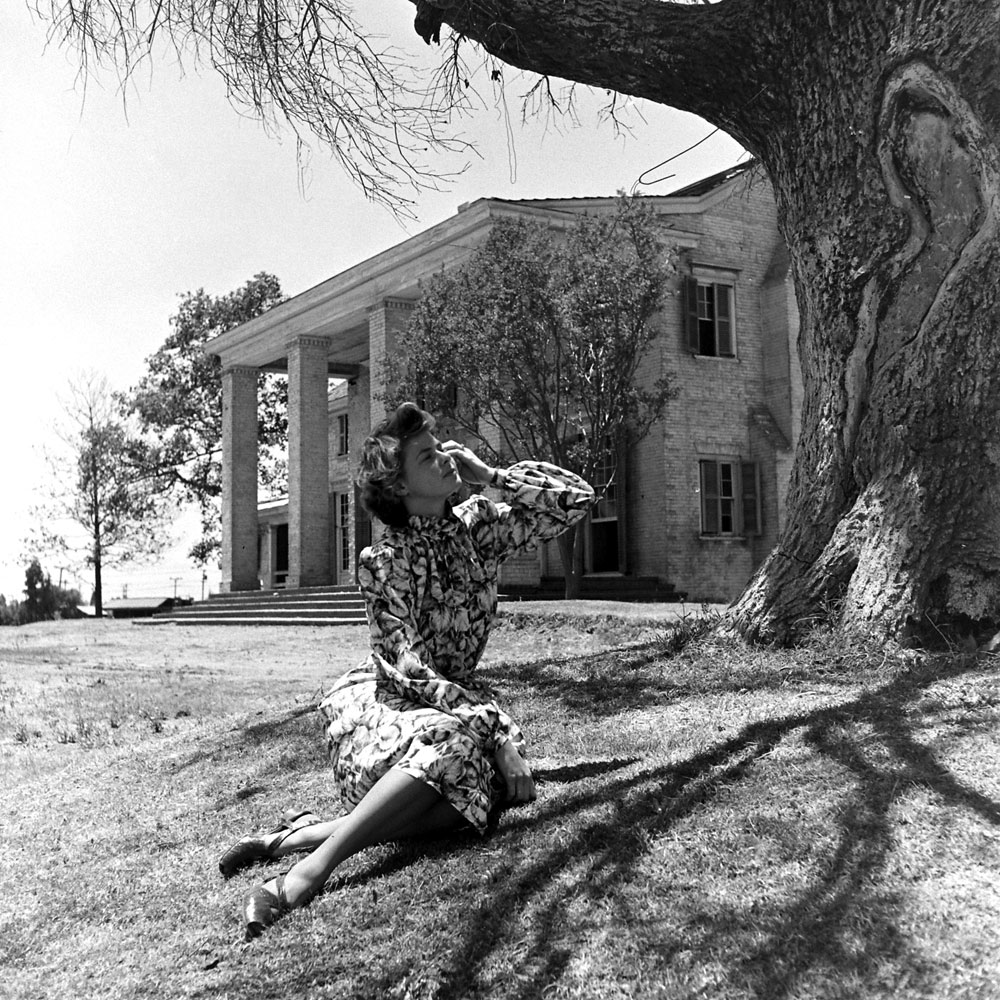
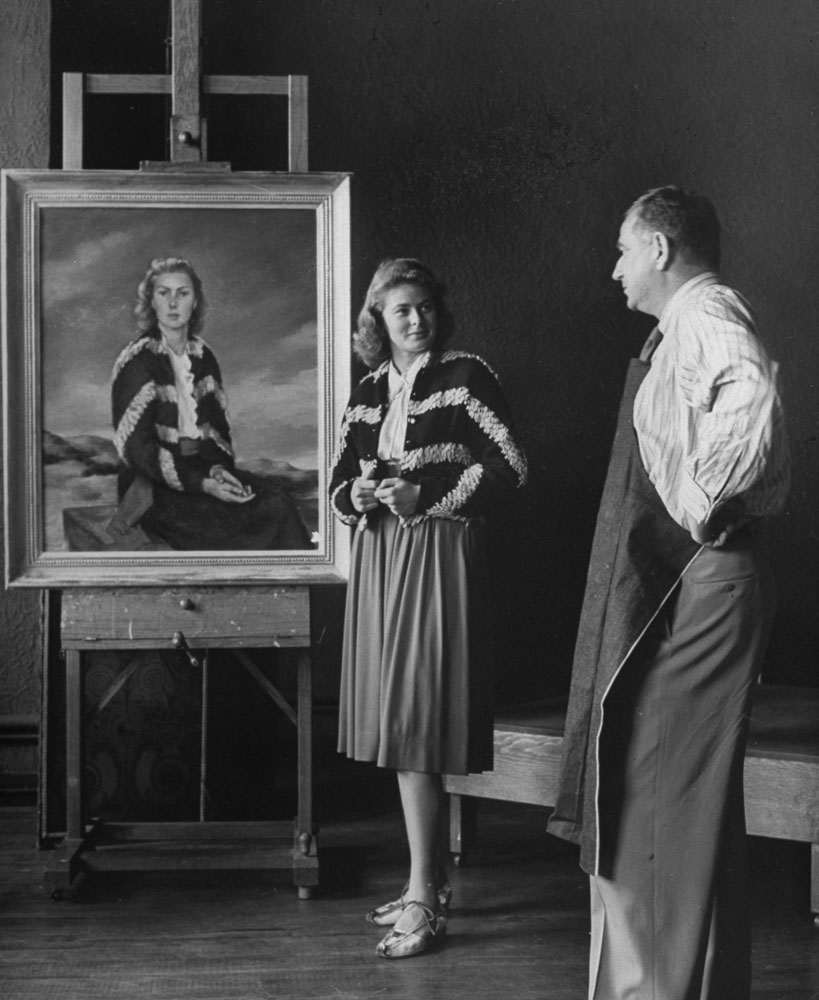

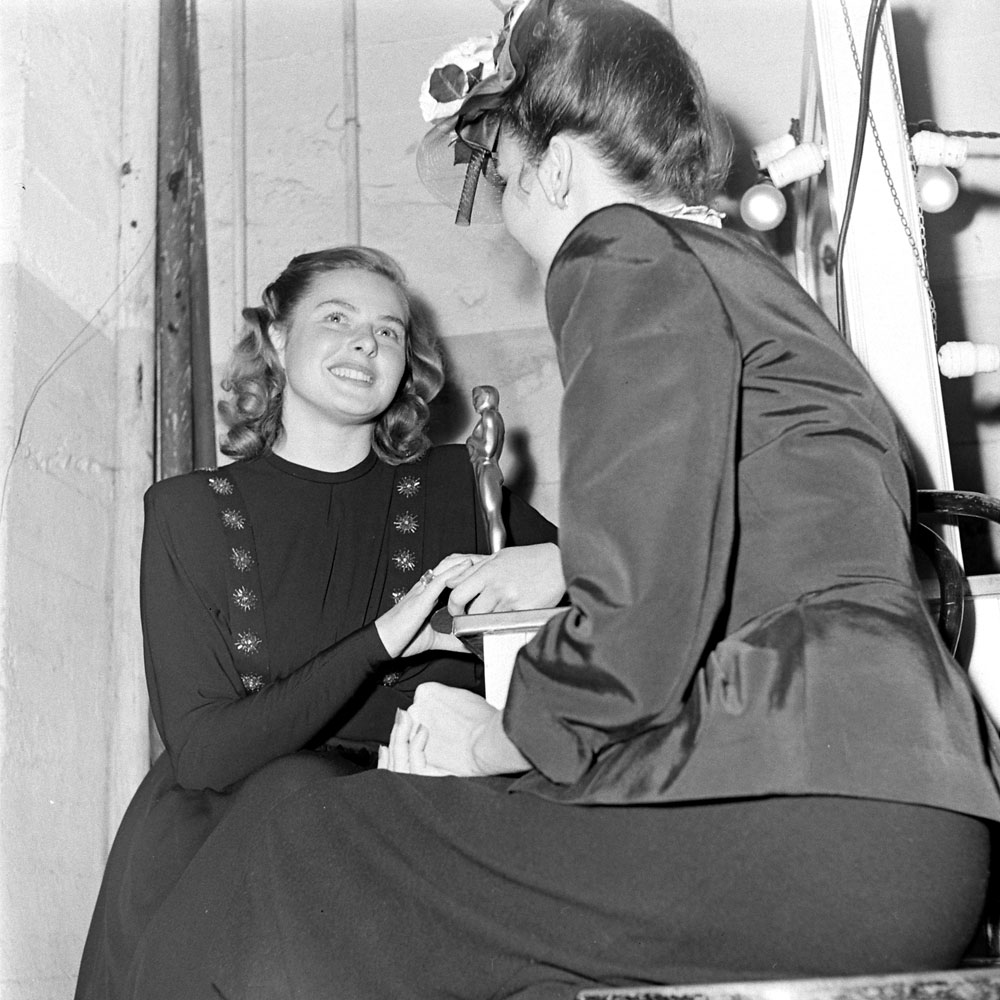

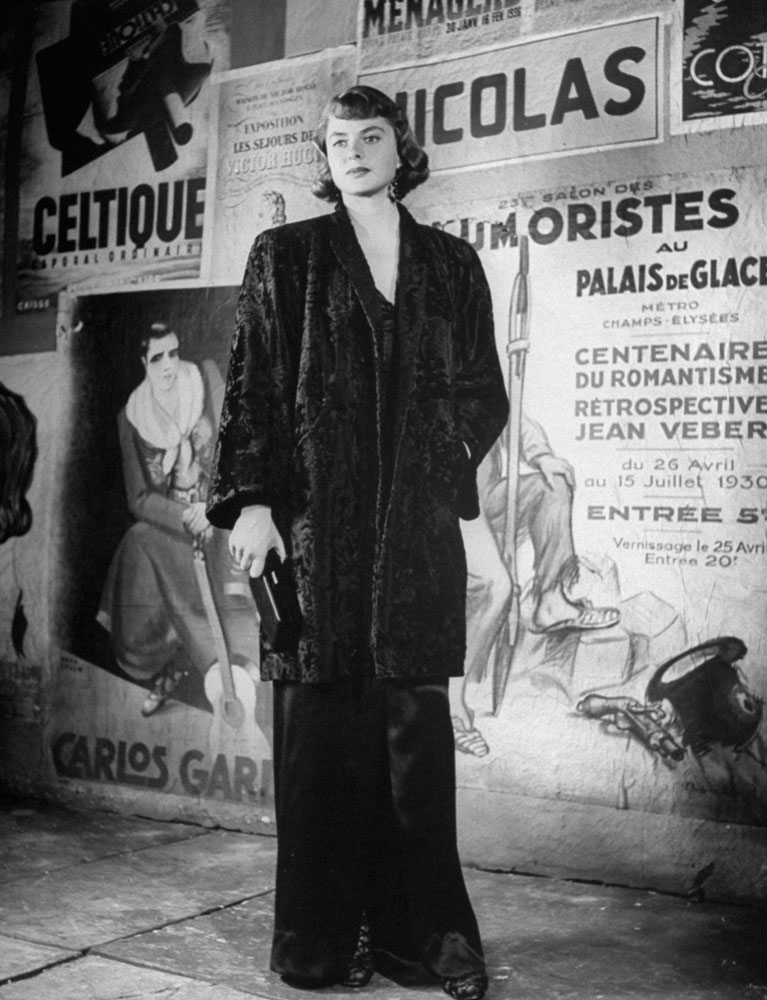



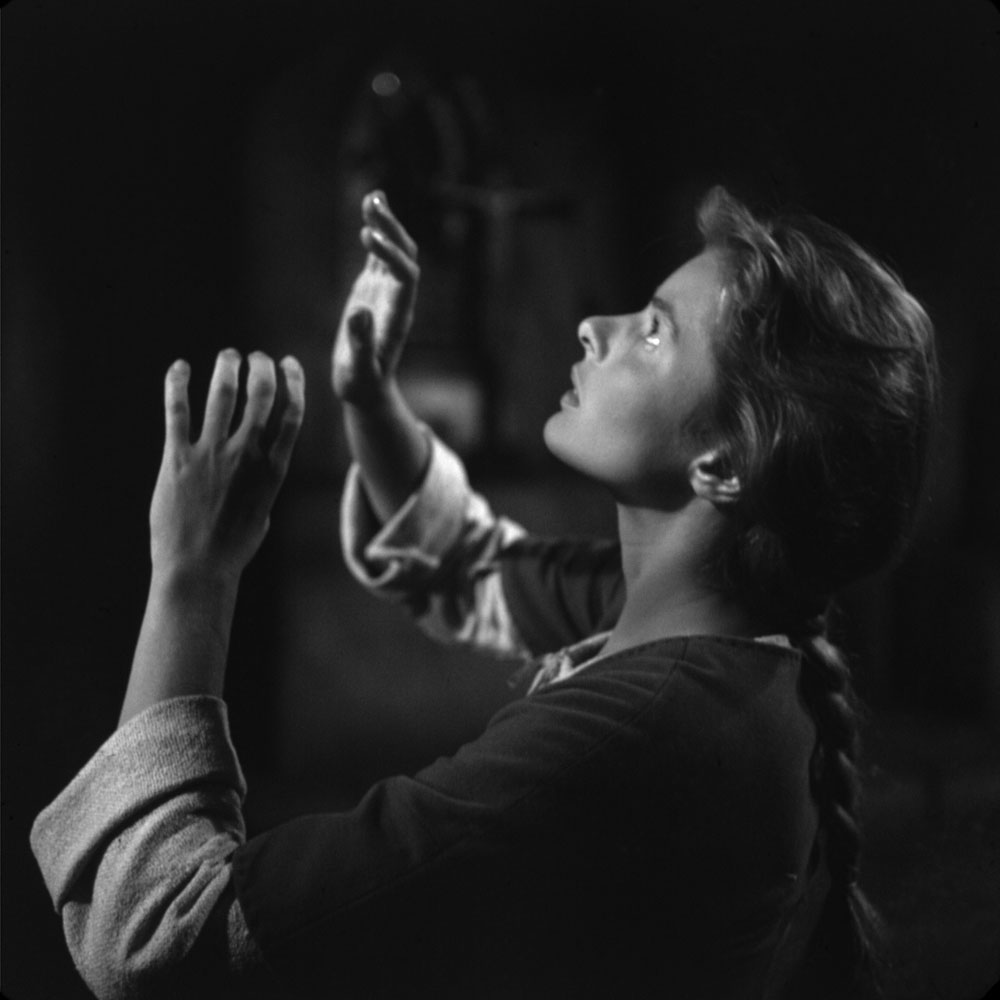

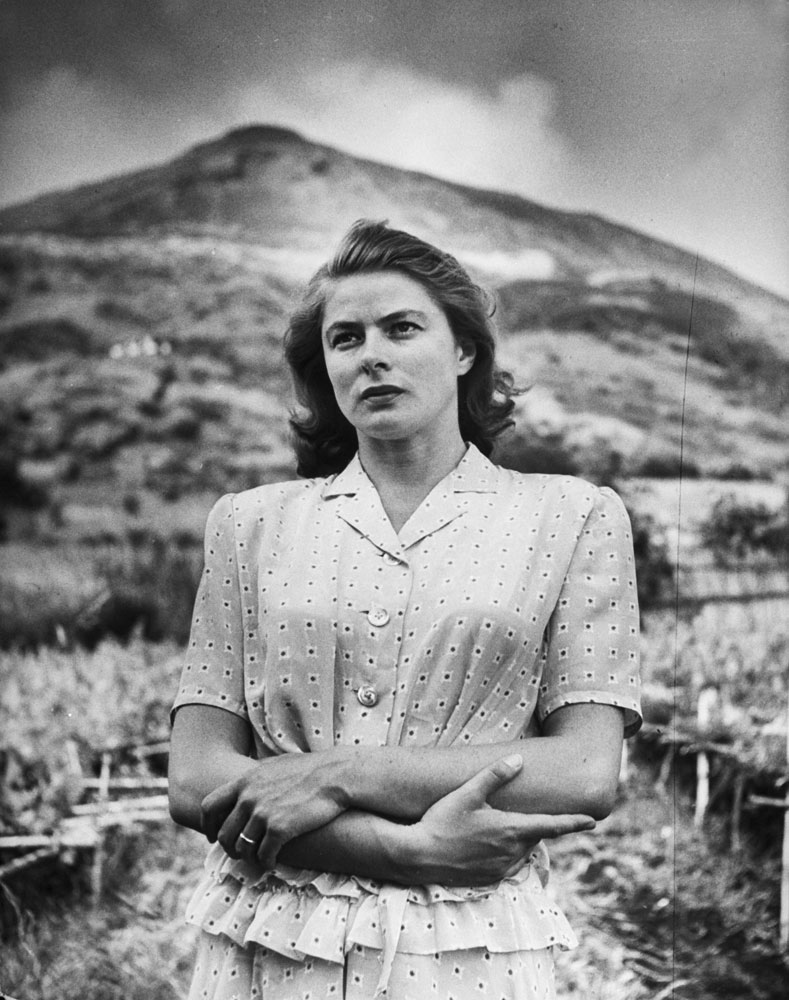
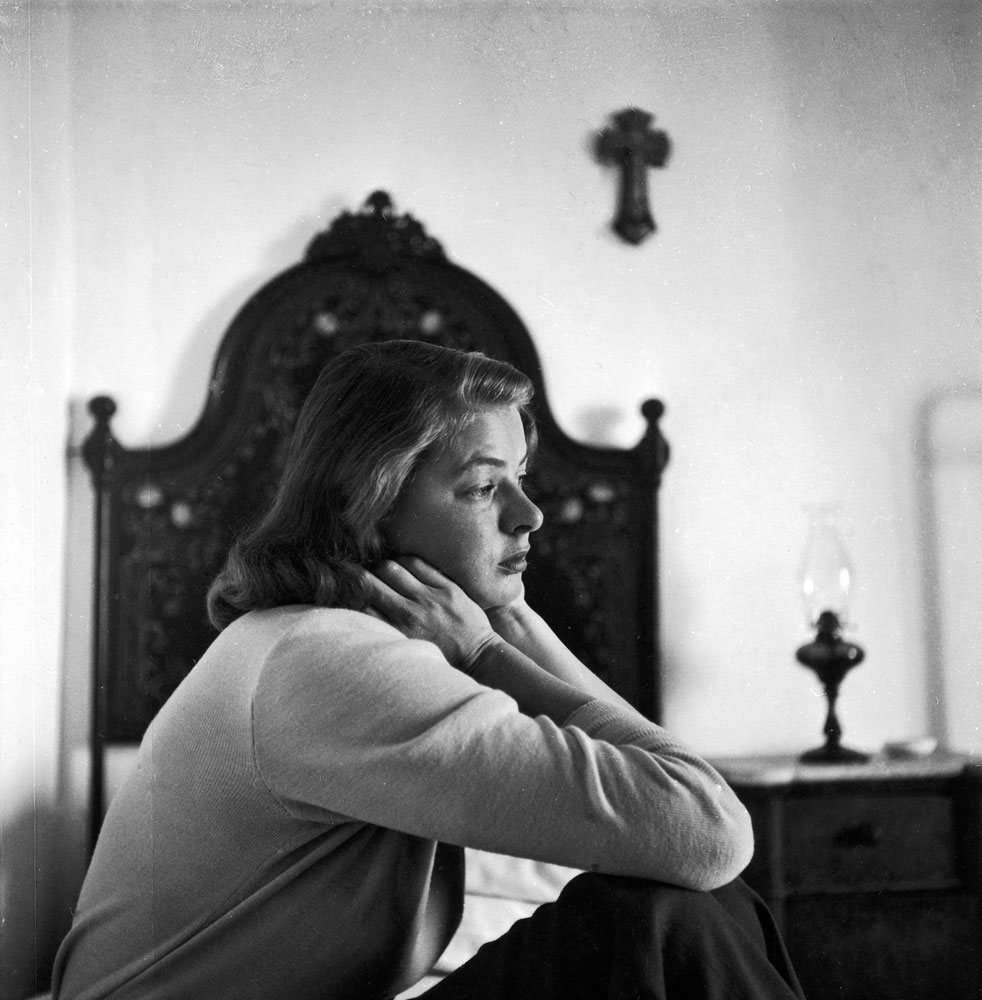

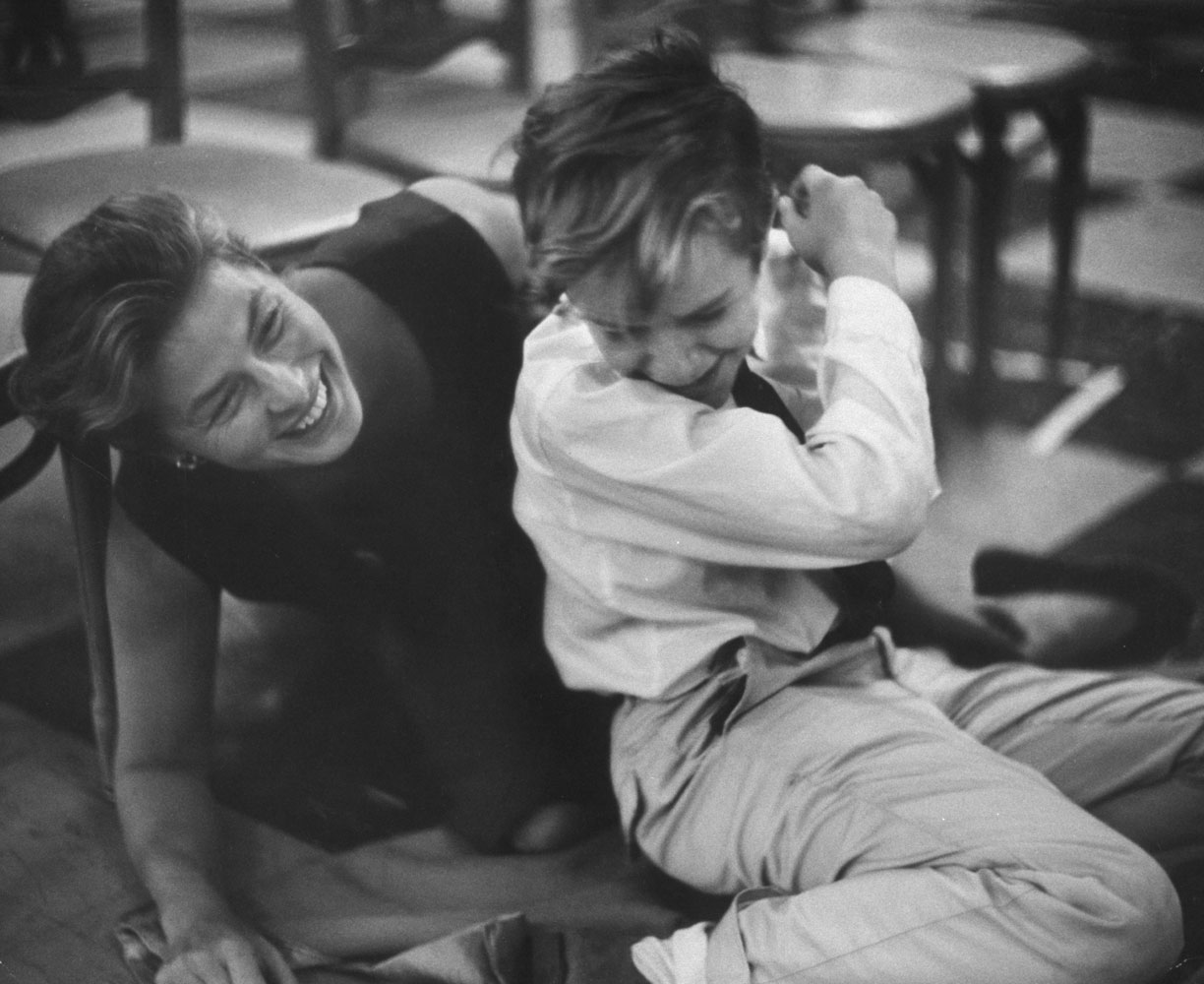
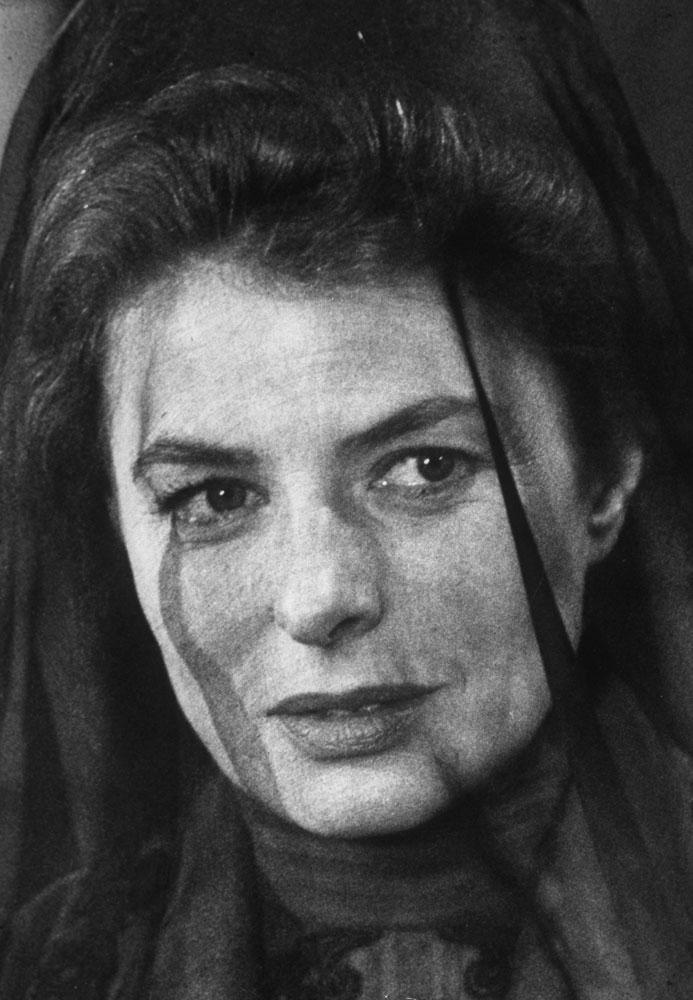
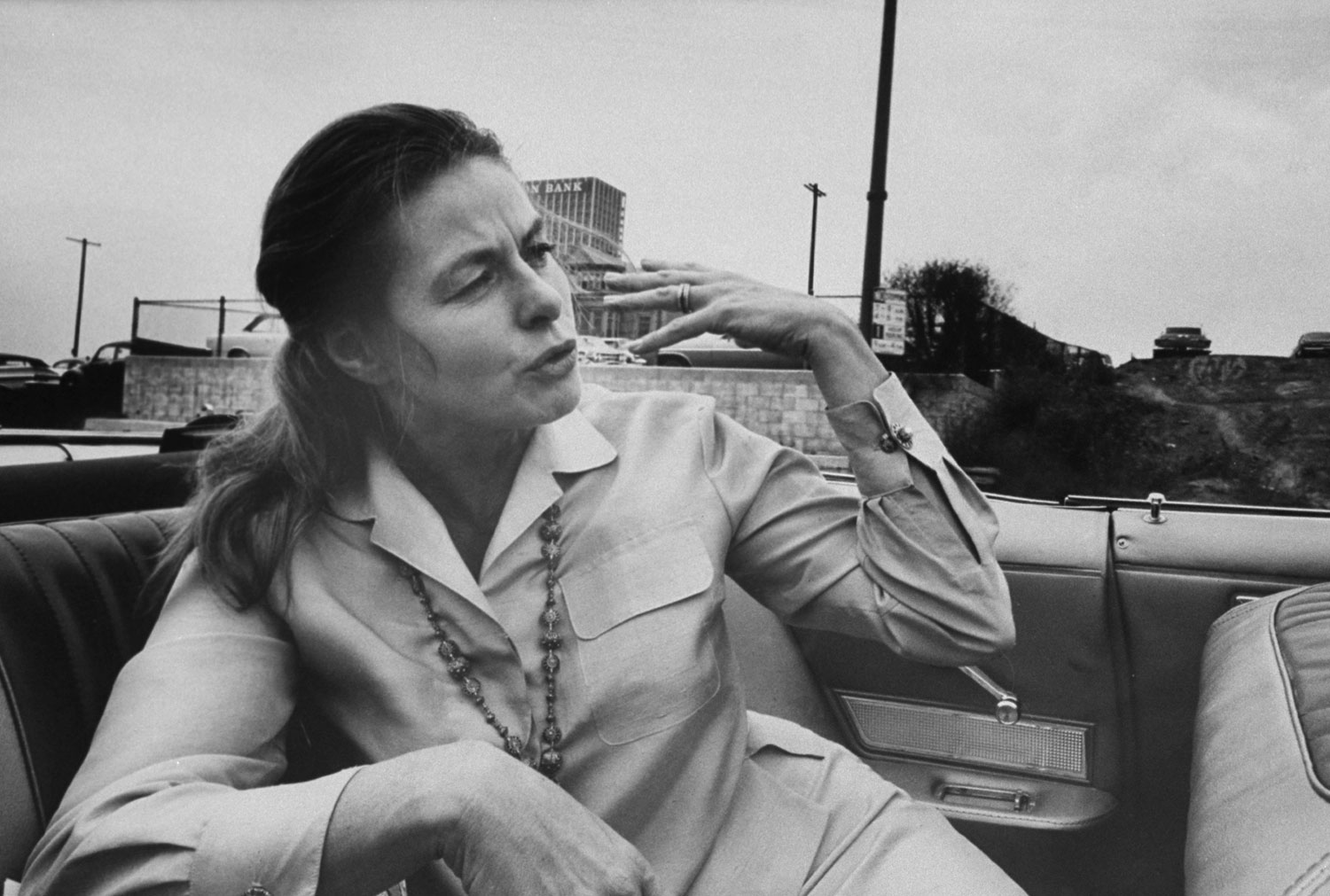
More Must-Reads from TIME
- Cybersecurity Experts Are Sounding the Alarm on DOGE
- Meet the 2025 Women of the Year
- The Harsh Truth About Disability Inclusion
- Why Do More Young Adults Have Cancer?
- Colman Domingo Leads With Radical Love
- How to Get Better at Doing Things Alone
- Michelle Zauner Stares Down the Darkness
Contact us at letters@time.com